Contents
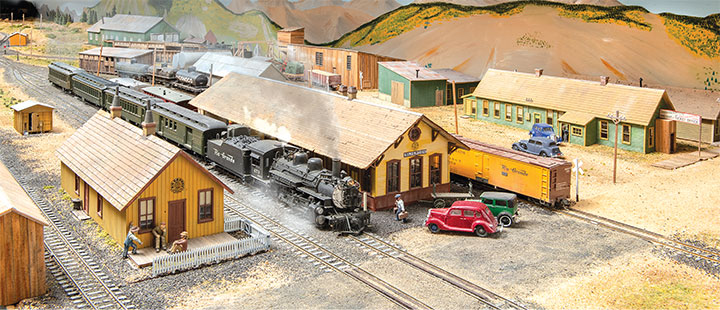
Feature
My HOn3 Silverton Northern Railroad
While my HOn3 Silverton Northern Railroad (SN) has already celebrated its 25th Anniversary, I really started modelling narrow gauge in the early 1980s. I was happy building an HO short line layout until I attended a presentation in Sydney by Malcolm Furlow on Colorado narrow gauge railroads and his Rio Chama RR. I became hooked and immediately purchased an HOn3 locomotive and some freight car kits.
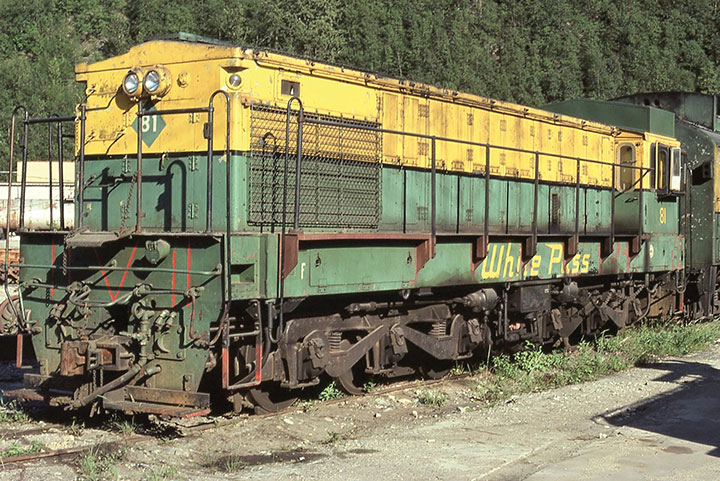
Feature
Our White Pass & Yukon Route #81s in HOn3
Like most modeling projects, this one started with a great idea, albeit a little crazy seeming. The two of us have been friends and chatting all-things White Pass and modeling for some time now, always brainstorming projects and solving modeling challenges. The White Pass is one of those roads that isn’t the easiest to model due to the lack of available models and parts. One Diesel locomotive prototype that we’ve talked about is #81 which was likely better known as U.S. Army #3000. As far as we knew it would need to be a complete scratchbuild project, at least until one slightly crazy idea was floated. This is the tale of two locomotive models, built on the same premise at the same time, but on different sides of the country and with different stories.
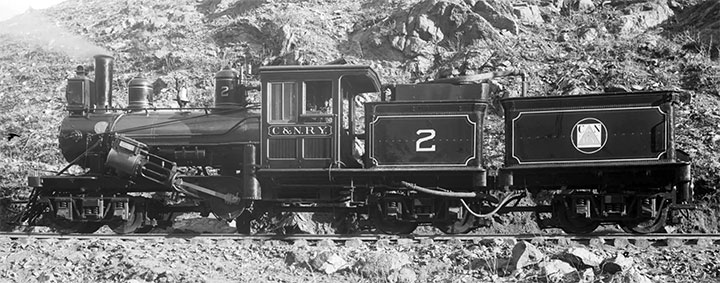
Feature
Locomotives of the White Pass & Yukon Route
The White Pass & Yukon Route was built to serve the gold seekers of the Klondike Gold Rush of the late 19th and early 20th centuries. The WP&YR was really four companies, each chartered in one of the territories, plus the construction company. The Pacific and Arctic Railway and Navigation Company was chartered to operate in the Alaska Territory (mile 0– 20.4). The British Columbia-Yukon Railway Company was chartered for the operation of the section in British Columbia (mile 20.4–52.58).
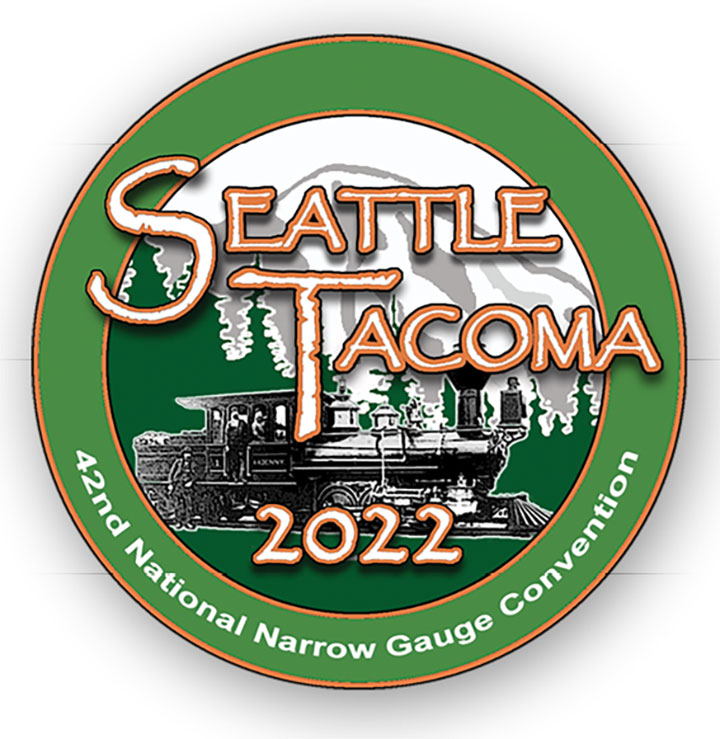
Feature
42nd National Narrow Gauge Convention Contest Winners
Here is a list of winners and photos of first place winners at the 42nd National Narrow Gauge Convention held in Tacoma, Washington, September 1–4, 2022. As in past conventions, the winners were chosen by popular vote, with the exception of the Special Awards. This committee chose not to have special categories for black and white or color photos.
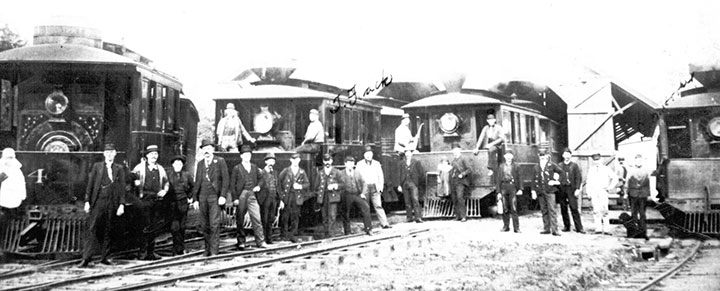
Feature
Yeon & Pelton Company Incline
The Yeon (pronounced “yawn”) & Pelton rail line, located about three miles below the town of Rainier, Oregon, was a 42-inch gauge railroad known as “bastard gauge” by loggers. Most 42-inch logging railroads came in existence because the operators chose initially to purchase used motive power that had been used on the Portland, Oregon street railways. Most of these street railways were 42-inch gauge and used steam “dummies” for motive power. Initially the street railways used horses for motive power which couldn’t be used for suburban service, nor were they too practical for hilly routes. For this service, the operators turned to the tried-and-true steam locomotive.
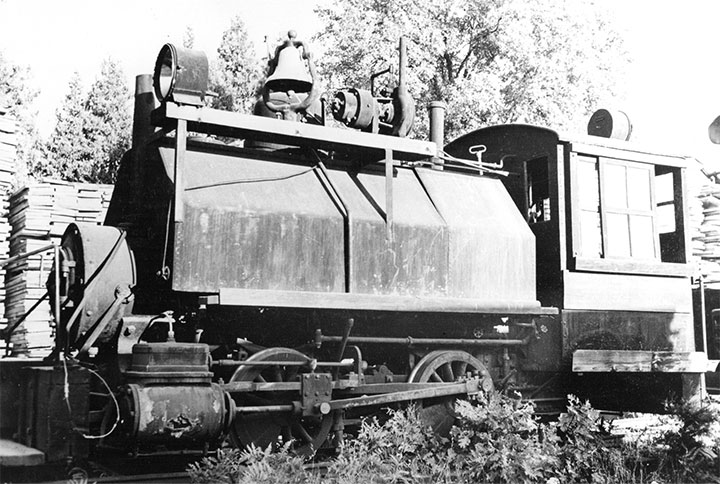
Feature
My “A” Frame Tank
I was impressed when I saw a model of the Mich-Cal 0-4-0T model that Les Davis built using his 3D resin printing skills. His model in On30 utilized the Bachmann Trains Forney model as the mechanism and running gear. Since I have worked closely with Les on some of my models by using his printed tanks and cabs, I thought I could do a nice freelance version of a similar, but not exact model, using the Bachmann Trains HO 4-6-0 locomotive. I previously used this mechanism and drivers for my “Scratch-Bash” article presented in the July/August 2019 GAZETTE, HO 4-6-0 to On30 0-6-0T. This is a nice running mechanism which allows slow movement, something desirable in a switching locomotive.
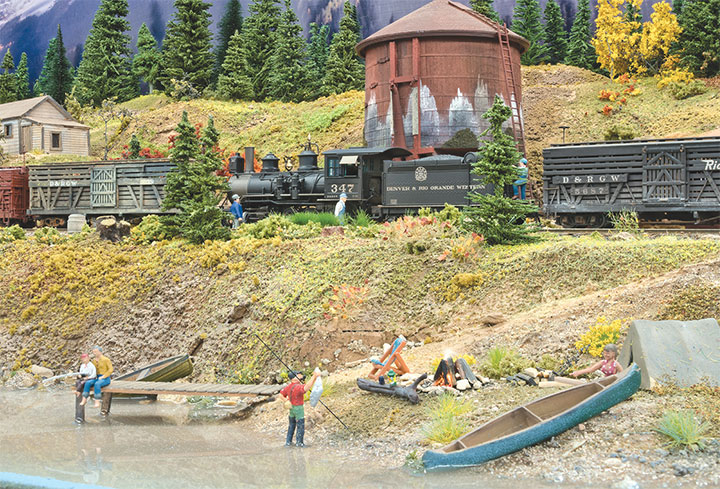
Feature
Extra 42 South
My HOn3 Rio Grande Southern layout occupies a dedicated train-room in our basement, and we host regular operating sessions. Much of the realism derived from an operating session stem from replicating what was commonplace. Well, okay, I violate that commonplace rule by running far more trains in a “model day” than the RGS ran in September of 1947.
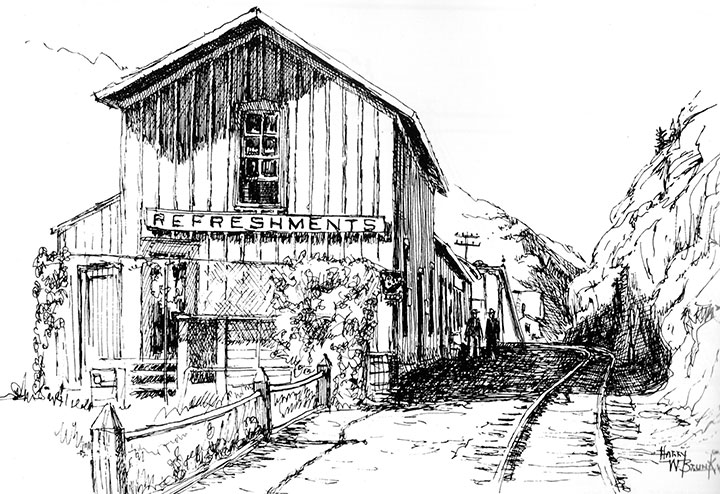
Feature
The Forks Creek Eating House on my 0n3
One of the most interesting railroad structures on the Colorado & Southern was the Forks Creek eating house. Not only was it an unusually long building, but it was built alongside a curved section of track. This is another project inspired by Harry Brunk’s GAZETTE series, “Up Clear Creek on the Narrow Gauge.” Harry often wrote about the Forks Creek area during the series, and I was interested enough to build the Classic Miniatures kit of the station. I put the finished station on the unfinished Forks Creek wye section of my layout and moved on to other projects.
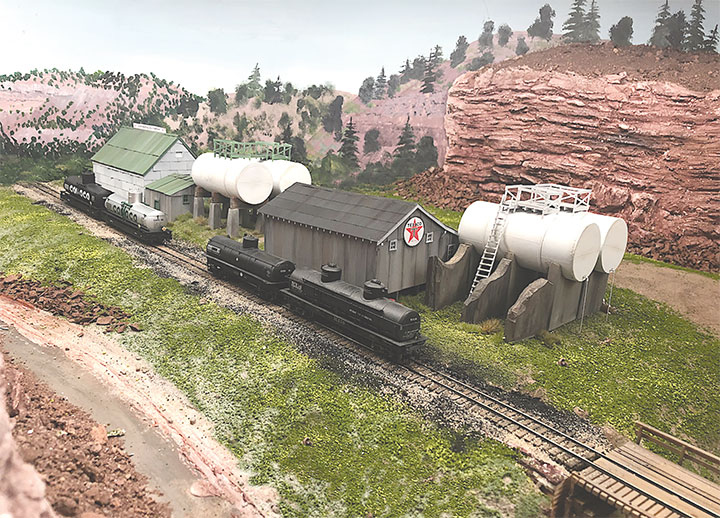
Feature
Old Placerville Petroleum Distributors Part 3
In the previous two issues of the GAZETTE I described how I built HO models of the Conoco and Texaco petroleum distributors at Old Placerville, Colorado. I’ll continue the story by describing how I built the tanks for both distributors and how I blended the structures into my layout. Please follow along with the photos and see how I accomplished this.
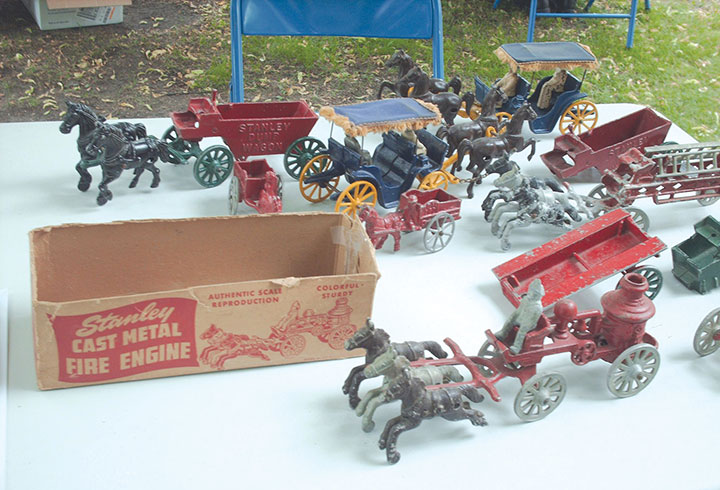
Feature
The Narrow Gauge Scene
If you have copies of Bob’s first magazine Finelines you will find Coronado Scale Models first ad in the September 1966 issue. If you have the very first GAZETTE, March/April 1975, you will find an ad from Coronado Scale Models. If you look through this issue of the GAZETTE, you will also find an ad for Coronado. Indeed, you will find an ad from them in every issue.
